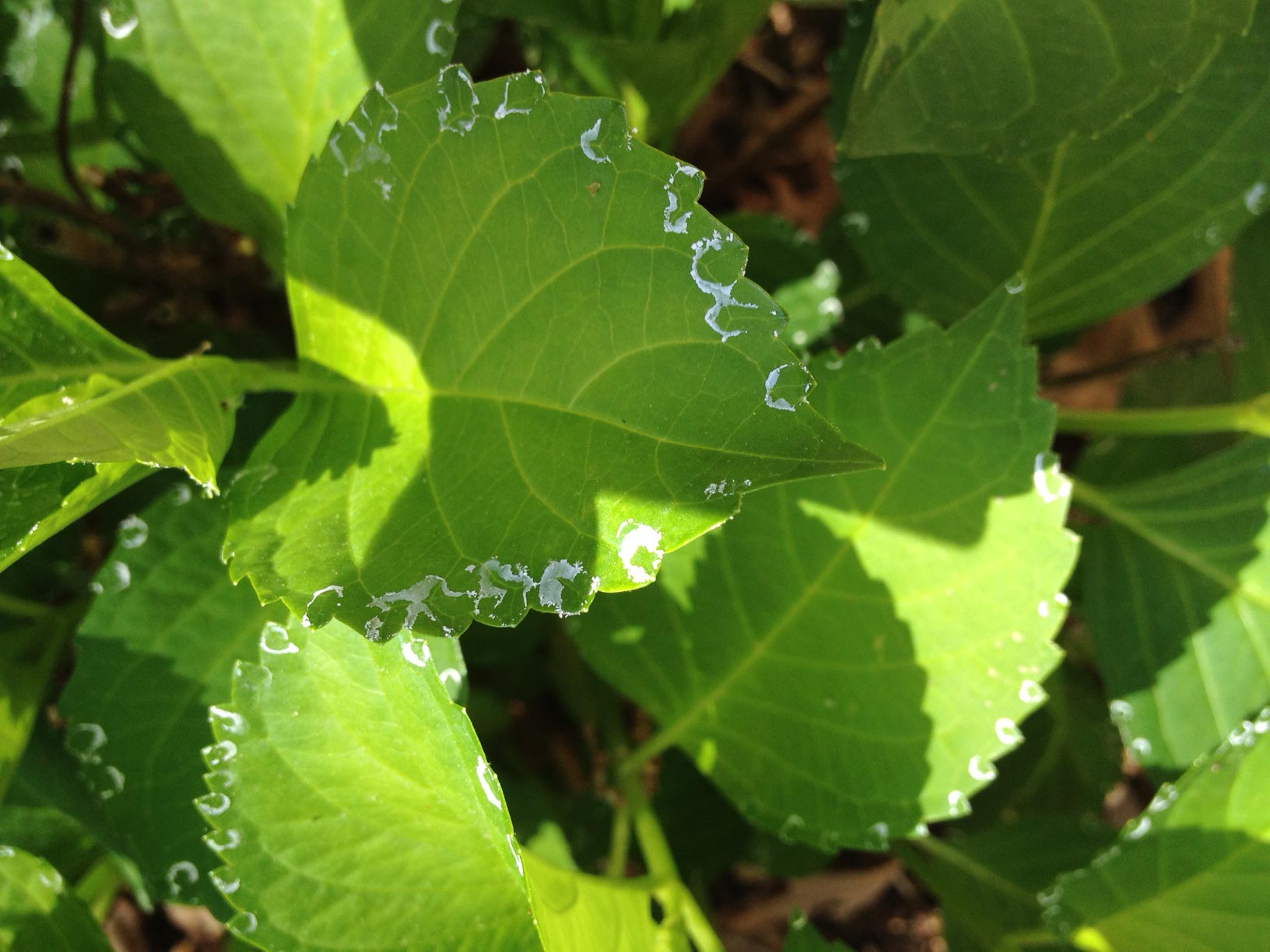This time, we’re going to talk about White Spots On Leaves Of Knockout Roses. There is a lot of information about How to Control Black Spot Fungus on Rose Leaves on the internet, of course. Social media are getting better and better quickly, which makes it easier for us to learn new things.
white spots on leaves of knockout roses and How To Treat White Spots On Rose Leaves are also linked to information about White Specks On Roses. As for other things that need to be looked up, they are about Knock Out Rose Disease Pictures and have something to do with Tiny White Spots On Rose Leaves.

10 Interesting Facts White Spots On Leaves Of Knockout Roses | what causes white spots on leaves of knockout roses
- Keep Garden Clean: Regularly rake and clean up around your roses, and throw away any fallen leaves. This is especially important in fall and winter, to remove spores that might be awaiting the spring warm-up to become active. After the cold-weather cleanup, apply fresh mulch to keep any remaining spores away from your roses. - Source: Internet
- Knowing when to water your roses is important to avoid excess moisture for fungus to grow. Read on to learn more.(Tunatura/Getty Images) - Source: Internet
- Roses exhibit reddened terminal growth on infected branches, and the stems become thicker and more succulent than those on unaffected parts of the plant. These stems exhibit an abnormally high number of pliable thorns, which may be either green or red. Rose leaves that develop on infected branches are smaller than normal and may be deformed similarly to herbicide injury by 2,4-D. Lateral branches may grow excessively from main stems and create a witch’s broom symptom like glyphosate (Roundup™) injury on roses. Flowering is reduced, and the petals may be distorted and fewer in number. - Source: Internet
- Remember that different types of roses vary greatly in their resistance to diseases and the maintenance they require. To grow roses successfully, you must select varieties that require an amount of care equal to that which you are able to provide. Shrub type roses bloom beautifully with few chemical controls needed, while the more susceptible varieties such as hybrid tea roses require an effective spray program to be in place before the growing season begins. - Source: Internet
- To reduce the spread of the eriophyid mites from the site of an infected rose, nearby roses can be treated with a bifenthrin spray every two weeks between April and September. This may prevent additional plants from becoming diseased. See Table 1 for examples of brands and products containing bifenthrin. Always check product labels for the correct active ingredient. Follow label directions for use. - Source: Internet
- Cankers usually appear as dead or discolored areas on rose canes and vary in color from light tan to dark purplish-brown. They are caused by various species of fungi, including Botryosphaeria, Leptosphaeria, Coniothyrium, and Cryptosporella. These fungi enter healthy canes through wounds caused by winter injury, improper pruning, wind, hail damage, or flower cutting. Cankers can enlarge until they surround the cane and/or reach the base (crown) of the plant spreading to other canes or killing the plant. They commonly occur on roses that have been weakened by black spot, poor nutrition, or winter injury. - Source: Internet
- Prevention & Treatment: The wild multiflora rose is very susceptible to the rose rosette disease, so any nearby wild plants should be removed and promptly disposed of. Any infected, cultivated roses should be immediately removed, then burned, or bagged for trash pickup. Also, remove any roots, which might re-sprout later. Do not leave an uprooted infected plant in the garden, as the mites may leave this rose for other nearby plants. Always space rose plants so they do not touch. - Source: Internet
- Rose rust is a disease caused by the fungi in the genus Phragmidium. It causes orange-colored spots to appear on stems and leaves. When rust is severe, an orange dust-like substance may be present on the plant surface and on the ground below the plant. Rose rust attacks all plant parts except the roots and petals. Severely diseased leaves of highly susceptible cultivars may turn yellow or brown and drop. - Source: Internet
- Roses are one of the most popular and versatile flowering shrubs grown throughout South Carolina. Most roses require a lot of care to grow and bloom properly. One of the most common causes of failure with roses is poor disease control. The three most serious diseases of roses in South Carolina are black spot, powdery mildew, and stem canker, and dieback. For more information on rose culture, see HGIC 1172, Growing Roses. - Source: Internet
- The symptoms associated with Rose mosaic virus (RMV) are highly variable. Yellow wavy line patterns, ring spots, and mottles in leaves will occur on some varieties of roses sometime during the growing season. In general, symptoms are most evident in the spring. Yellow net and mosaic symptoms on the leaves are also associated with RMV and detract from the overall quality of the plant. Infected plants become weakened and are more sensitive to damage caused by other stresses, such as drought or low temperatures. - Source: Internet

Here are a few tips to help you find information about Master Gardener: How to deal with common diseases found in roses:
- Look for good places to get information about How to Control Black Spot Fungus on Rose Leaves. This can be done in libraries, on websites, or even by paid journalists.
- When looking for information about White Spots On Rose Bush Branches, it’s important to know that there are different kinds of online sources, like Google and YouTube. Social media sites like Facebook and Twitter are also good places to look for information about How to Control Black Spot Fungus on Rose Leaves.
Video | White Spots On Leaves Of Knockout Roses
To get the best information about White Specks On Roses, you should read to find out how true each source is.
This article has a few videos from different places about White Spots On Rose Bush Branches that will help you learn more about it. The Internet is a great place to find out about a wide range of things.
## Here are some crucial aspects concerning what causes white spots on leaves of knockout roses:- White Spots On Leaves Of Knockout Roses
- What Causes White Spots On Leaves Of Knockout Roses
- Rose Leaves White Spots And Holes
- How To Treat White Spots On Rose Leaves
- Tiny White Spots On Rose Leaves

With so many websites and forums that talk about How To Treat White Spots On Rose Leaves, it shouldn’t be hard to find what you need.
Most people are used to getting information about what causes white spots on leaves of knockout roses in a very different way than this. It lets you look at the information about Knock Out Rose Disease Pictures and how it can be used in more detail.
 ways to put information about White Spots On Roses Mildew in a way that looks good and is useful. They can be used in business and marketing, and they can also be used to talk about White Spots On Roses Mildew. So, we also give you some pictures about White Spots On Rose Leaves Home Remedy.
ways to put information about White Spots On Roses Mildew in a way that looks good and is useful. They can be used in business and marketing, and they can also be used to talk about White Spots On Roses Mildew. So, we also give you some pictures about White Spots On Rose Leaves Home Remedy.
In the end, this article gives a summary of White Specks On Roses. Also talked about are How To Treat White Spots On Rose Leaves and How to Control Black Spot Fungus on Rose Leaves, which you can use to compare how much you know about Knock Out Rose Disease Pictures.